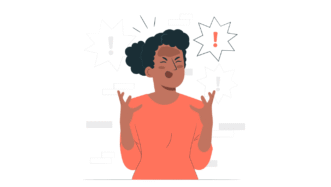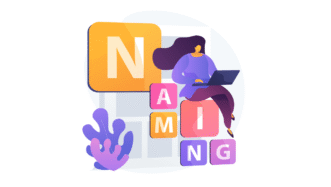LESSON OVERVIEW
The main objectives of this lesson are to:
- talk about personal perspectives on money;
- listen to and analyse excerpts from a podcast on financial literacy;
- elaborate on money and financial management practices.
This speaking lesson focuses on talking about money and finances. Students discuss vocabulary they would use to talk about financial literacy, listen to excerpts from a podcast on the topic and examine what people struggle to understand in terms of their finances. They also talk about their experiences and perspectives on financial education, analyse money-related situations and share their ideas on different aspects of money.
C2 / Proficiency45 min
60 minSpeaking ClassUnlimited Plan
This is a Speaking Class worksheet. It includes a variety of tasks that let your students practise their speaking skills. This lesson format does not focus on grammar or vocabulary. Learn more about it here.
VOCABULARY AND PODCAST
This lesson starts with a warm-up in which students choose words (e.g. relevant, straightforward, overrated, etc.) they would use to talk about financial literacy and explain their reasoning. They can also do an extra vocabulary activity where they find one word to complete the gaps in different sentences. The task helps students practise vocabulary for talking about money and finances. After that, they listen to an excerpt from a podcast about the results of a survey on financial literacy. They complete statements with their own ideas about what they hear and compare with a partner.
Then, students say how they would assess their knowledge of some financial areas (e.g. savings accounts, credit and debit cards, loans and mortgages, etc.). They comment on what people struggle to understand in these areas. Following that, students listen to the second excerpt from the podcast and complete a statement saying whether they agree or disagree with the speaker and explain their ideas.
DISCUSSION
In this part of the lesson, students continue talking about money and finances and discuss questions about financial education, its importance, ways to improve financial literacy, institutions’ communication, and the perception of money-related discussions. After that, they read different financial situations and brainstorm what people should do in each case. Then, students comment on statements of possible perspectives related to the situations. Finally, they elaborate on statements about different aspects of money, including social perception, generational differences, financial crime, health impacts, social hierarchy, and financial management practices.
Subscribe to unlock these and many other Standalone lesson lesson plans with the Unlimited planWORKSHEETS














Fantastic materials, well done!
Awesome, thanks!
Would it be possible to use popular Youtube videos instead of these obscure ones with 600 views after a year?
Hi Neil. It’s a podcast, not a video. If you’re looking for a C1/C2 speaking lesson based on a video, you should check out this one, this one or this one, which are some of the latest ones. You are also welcome to browse advanced lessons with videos here.
Actually, it’s a quite popular podcast with 200 episodes, however, people tend to listen to it through such platforms as Spotify. You can read more about it, its hosts and other podcasts from the same platform here. We decided to include a YouTube link in the lesson because this way we can direct you to the specific moment you should start listening to it with your students during your class. This way it’s way easier for teachers.
This is really, really good. Thank you!
Thanks, Lisa!